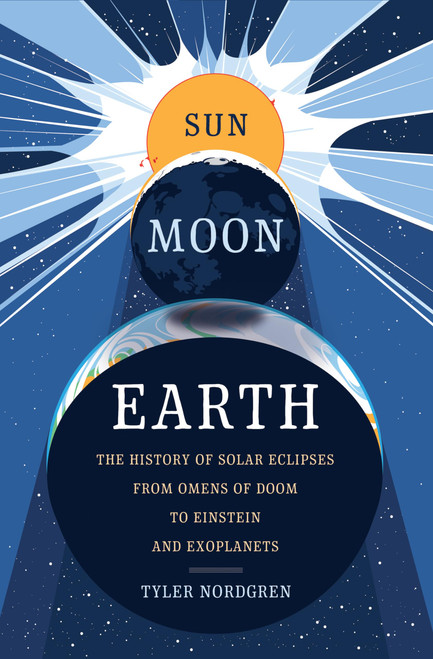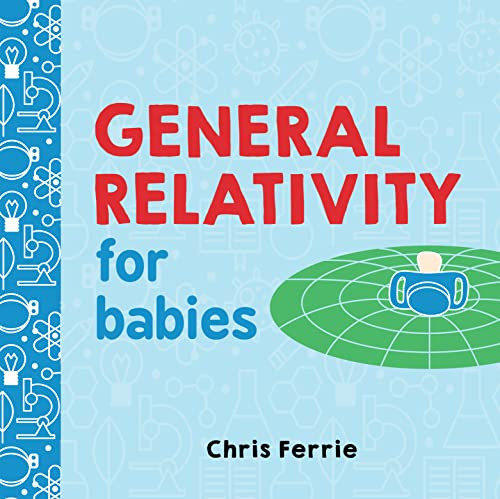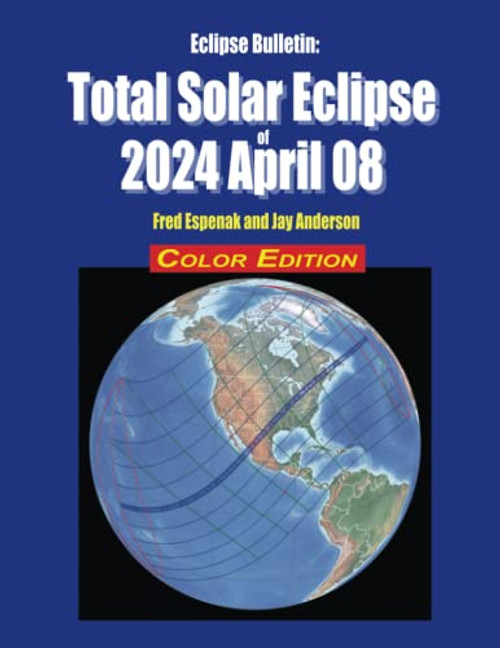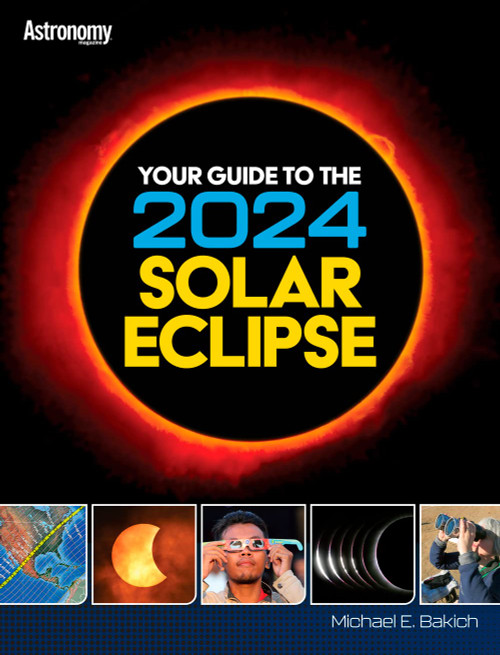On April 8, 2024, a solar eclipse will cross the U.S. Are you ready to explain it to kids? "The text of the book is wonderfully clear and easy to follow, and the illustrations are great, both lively and informative. The story of the eclipse unfolds dramatically, and the science is explained vividly and correctly." Daniel John Kennefick, Astrophysicist and Science Historian Pattison takes a complicated scientific theory and makes it not just fairly understandable, but entertaining as well. Kirkus Reviews How do you prove an impossible idea? With courage, perseverance, and a lot of luck! In 1915, British astronomer Arthur Stanley Eddington was fascinated with Einsteins new theory of general relativity. The theory talks about how forces push and pull objects in space. Einstein said that the suns gravity could pull and bend light. It seemed like a crazy idea. Could his theory be proven? To test this, astronomers decided to photograph a solar eclipse. The eclipse would allow them to photograph the stars before and during the solar eclipse. If the stars position moved, then it was evidence that that light had bent. Eddington and his team traveled from England to the island of Principe, just off the African coast, to photograph the eclipse. In simple language, this nonfiction illustrated picture book explains how the push (acceleration) and pull (gravity) of space affects light. Back matter includes information on Einstein, Eddington, and the original photograph of the 1919 solar eclipse.
Eclipse: How the 1919 Solar Eclipse Proved Einsteins Theory of General Relativity (Moments in Science)
Mims House
MSRP:
Was:
Now:
$13.76 - $19.73
(You save
)
(No reviews yet)
Write a Review

Write a Review

Mims House
Eclipse: How the 1919 Solar Eclipse Proved Einsteins Theory of General Relativity (Moments in Science)
- SKU:
- UPC:
- 9781629441269
- Maximum Purchase:
- 2 units
- Binding:
- Paperback
- Publication Date:
- 10/6/2019
- Author:
- Pattison, Darcy
- Language:
- English: Published; English: Original Language; English
- Pages:
- 33

Basic Books
Sun Moon Earth: The History of Solar Eclipses from Omens of Doom to Einstein and Exoplanets
MSRP:
Was:
Now:
$12.63 - $27.49

Sourcebooks Explore
General Relativity for Babies: An Introduction to Einstein's Theory of Relativity and Physics for Babies from the #1 Science Author for Kids (STEM and Science Gifts for Kids) (Baby University)
MSRP:
Was:
Now:
$9.29 - $13.55

Cambridge University Press
General Relativity; an Einstein Centenary Survey
MSRP:
Was:
Now:
$28.08 - $300.00

James B Hartle
Gravity: An Introduction to Einstein's General Relativity
MSRP:
Was:
Now:
$34.08 - $128.07

Safra, Edmond J. (COM)
Einstein's 1912 Manuscript on the Special Theory of Relativity
MSRP:
Was:
Now:
$18.42 - $28.40

Eclipse Bulletin: Total Solar Eclipse of 2024 April 08 - Color Edition
MSRP:
Was:
Now:
$14.56 - $43.39

Brand: George Braziller Inc
Einstein's 1912 Manuscript on the Special Theory of Relativity: A Facsimile
MSRP:
Was:
Now:
$64.08 - $148.44

Kalmbach Publishing Company
Your Guide to the 2024 Total Solar Eclipse
MSRP:
Was:
Now:
$12.66 - $29.68
!

